Broccoli Oat Pizza Crust - a delicious, crispy and flavorful crust that's more nutrient-dense than a regular crust.
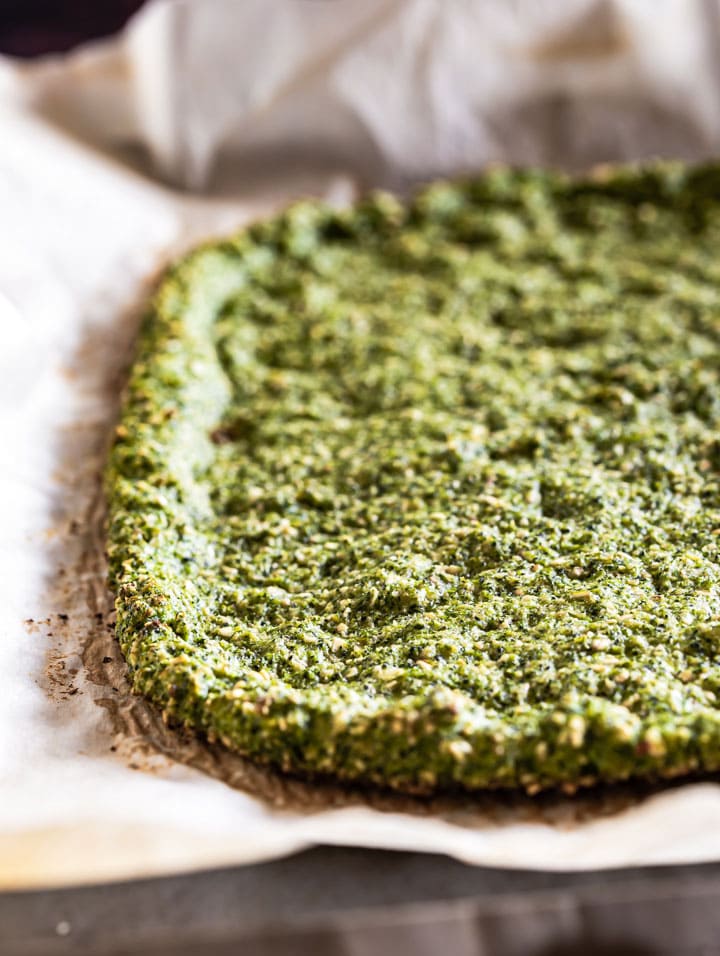
Hi there! Below you'll find affiliate links to great products that we enjoy using in our own kitchen. As an Amazon Associate, I earn from qualifying purchases.
Jump to:
I've had my fair share of mediocre pizza crusts. Too chewy, too crispy. Now don't get me wrong, I love a good wheat-based pizza crust, but sometimes it's nice to change it up. And this broccoli oat pizza crust hits the spot.
It's not overly broccoli-y (that's a word, right?) and it has just the right amounts of chewiness and crispiness. Plus there's no rising time! It's a simple blend that's easily flattened out into a crust.
Plus, since it's made with broccoli, oats, and eggs, it's gluten-free, super nutrient-dense and a fun green color!
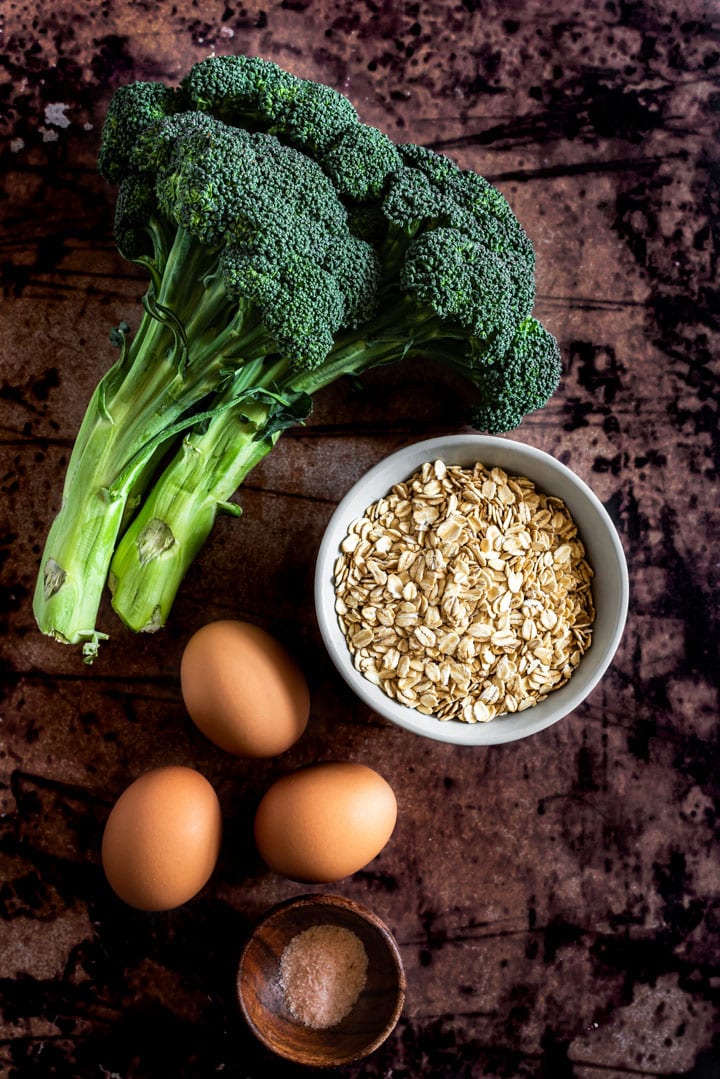
🧾 Ingredients
Broccoli - you'll need about 2-3 heads of broccoli (about 3 cups). I like to chop up some of the stems to add onto the pizza, but save the rest of the stems for another recipe (like broccoli soup!) or use them in a food scrap stock.
Oats - rolled/old fashioned oats are best. You'll blend the oats into flour in a food processor, or you can use already blended oat flour.
Eggs - the eggs bind the crust together. Ideally, look for pasture-raised eggs.
Salt - Don't forget the salt or you'll end up with a bland crust. I usually use Sea salt, but kosher salt also works.
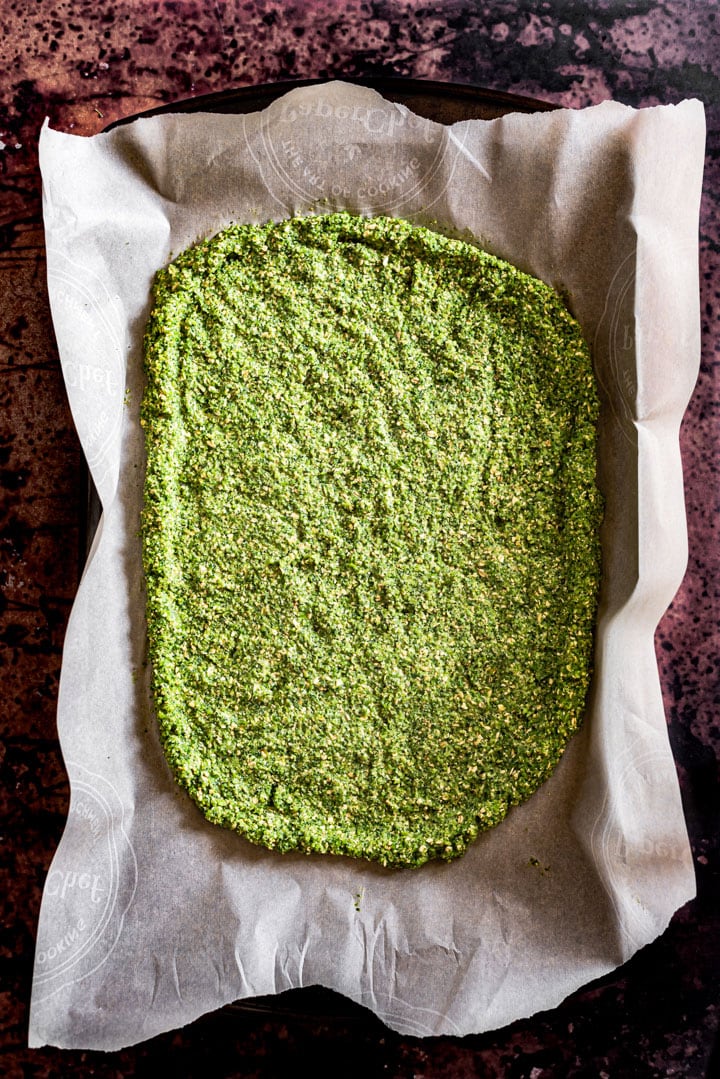
🍕 Instructions
Start by preheating the oven to 400 degrees F and line a baking sheet with parchment paper. I generally recommend using
Then we'll blend the oats into a flour, add the broccoli and blend until it looks like rice. Then add the eggs and salt and blend - it should be loose and sticky.
Once it's blended, transfer it to the lined
Prebake this crust for about 20 minutes. Then add your pizza toppings and bake again until the cheese is melty and the crust is golden brown.
This crust is super easy - no waiting for it to rise and it's delicious and very nutrient-dense.
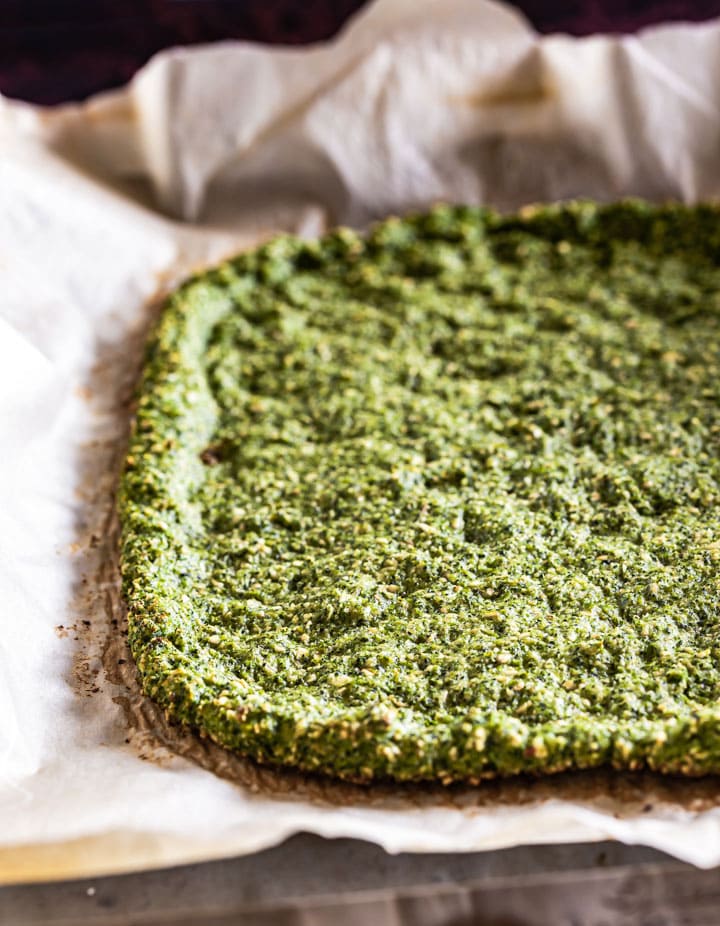
💭 Tips, Tricks and Tools
Tools (affiliates):
For a crispier crust use parchment paper, but opt for an eco-friendly parchment paper.
Save the broccoli stalks. I like to add some chopped broccoli stalks as a topping, but don't let the rest go to waste.
Or you can shred them for a slaw, chop and roast them for a quick veggie side dish, add them to eggs or your favorite Buddha Bowl, or use them to make a broccoli soup.
Storing and reheating: I find it easiest to cut and store slices individually, but you also can cover the entire pizza (or slices) with beeswax wraps. For maximum crispness, reheat in the oven.
You certainly can reheat in the microwave, but like with regular pizza, the crust won't crisp up quite the same.
Substitutions - If you have pre-ground oat flour, that will also work.
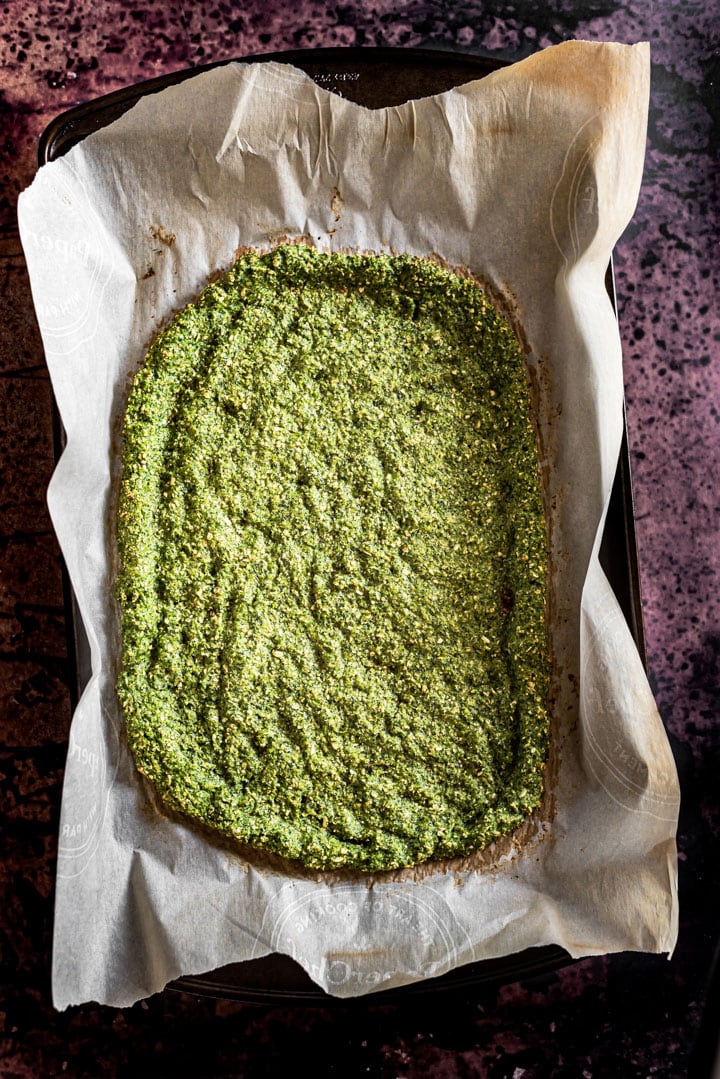
🥦 Nutrition
This is one nutrient-dense pizza crust. It contains 4 grams of fiber per serving. It's loaded with nutrients like vitamins C and tons of antioxidants that can help reduce the risk of heart disease, cancer and many other inflammation-related diseases.
Obviously, this vegetable pizza crust isn't meant to be eaten on its own. Though alone it contains all the components of a balanced meal: carbohydrates (oats), protein (eggs), fat (eggs), and fiber (broccoli, oats), I recommend adding your favorite delicious toppings for a tasty meal.
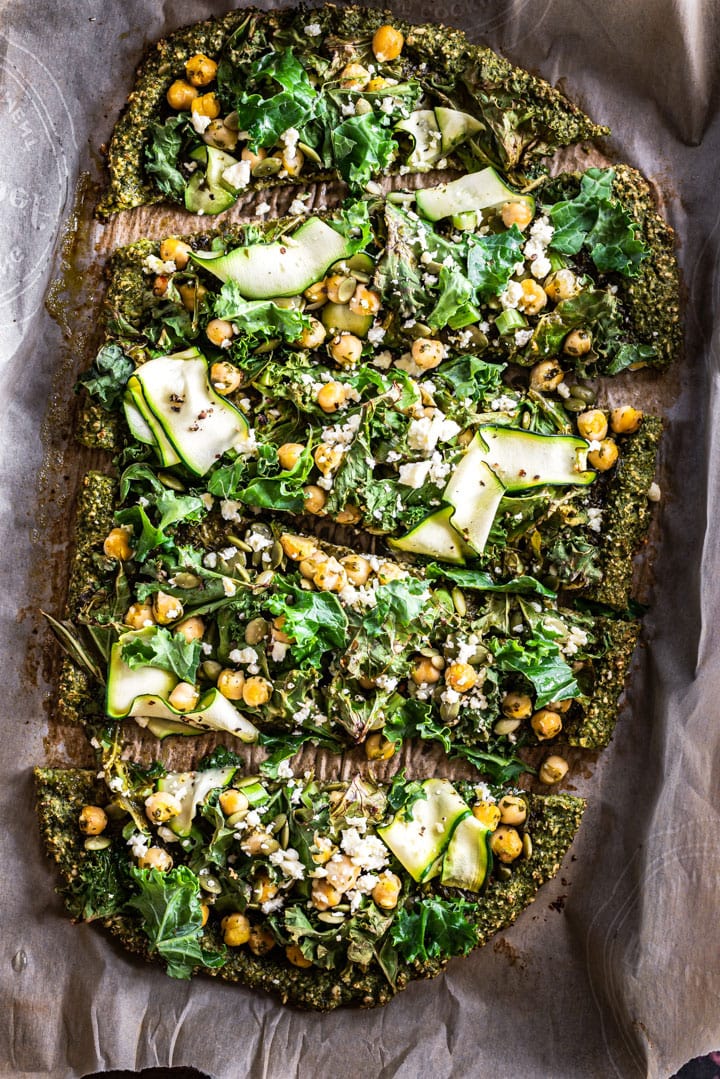
🍽 Serving Suggestions
This broccoli oat pizza crust is the original base for our green pizza and goes especially well loaded with veggies, feel free to top it with whatever toppings you like.
This healthy pizza crust makes four dinner-sized servings.
🥘 More vegetable-forward meals:
Loved this veggie pizza crust?
Comment below! And rate the recipe to let us know how it turned out! Not cooking today? Save this healthy pizza crust for later by pinning it to your Pizza Recipes Board and make sure to tag us on Instagram @crooked.carrot to show us your gluten-free pizza crust creations!
📖 Recipe
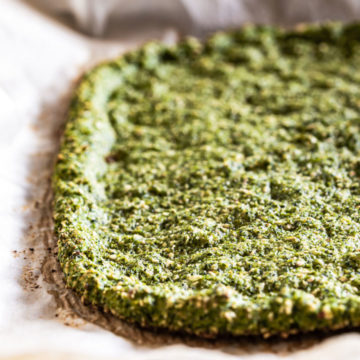
Broccoli Oat Pizza Crust
Ingredients
- 2-3 heads (3.5 cups) broccoli, cut into small florets Use some stems on the pizza and save the rest for another recipe or stock
- 1 cup rolled oats*
- 3 eggs
- ½ teaspoon salt
Instructions
- Preheat the oven to 400 degrees F. Line a baking sheet with parchment paper (see note below), set aside.
- Prepare broccoli crust: Add oats to a food processor and blend until it looks like flour. Then add broccoli florets and blend until it has a rice-like texture. Add eggs and salt and blend until combined. It should be loose and sticky.
- Form crust: Transfer the crust mixture to the lined baking sheet and flatten out the dough with your hands. Make the edges a little higher to make a crust.I usually form it into a rectangle on a half-size baking sheet, but you can use a pizza pan and form it into two smaller circles if you prefer.
- Bake the crust for 20 minutes or until golden brown.
- Prepare toppings: While the crust is pre-baking, prepare your toppings.
- Add toppings and bake: After pre-baking, carefully remove the crust from the oven. Add your favorite toppings and bake again until the cheese melts and crust is golden brown. Remove from the oven, let cool slightly and enjoy!
Equipment
- Half size Baking Sheet
Notes
Nutrition
Disclaimer: Some of the links above are affiliate links. As an Amazon Associate, I earn from qualifying purchases. This means that should you purchase something through the link, The Crooked Carrot will receive a small commission. The item cost remains the same regardless of whether you purchase through our link or not.






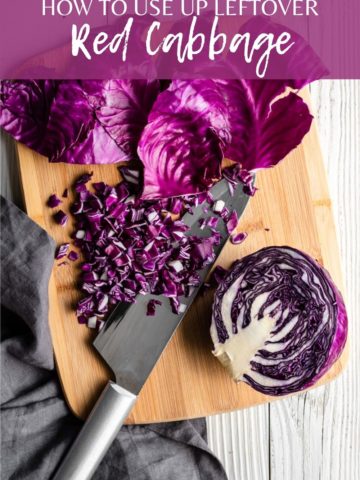
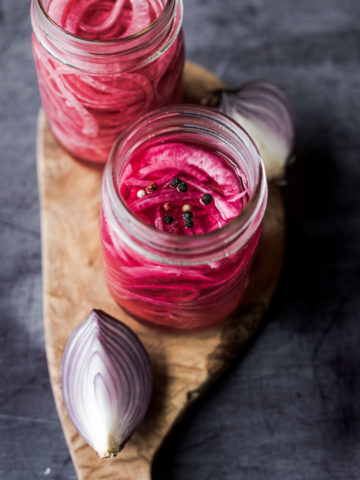

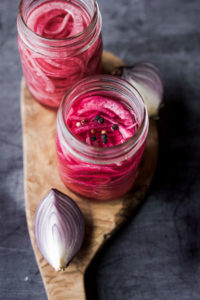



Sp says
Can you use frozen broccoli or would that be too mushy??
Libby Bloom says
Yes! You can use frozen broccoli, but I would recommend letting them thaw in a strainer to let any excess moisture drip out. You also may need to add in a bit more oats or something like almond flour if the mixture is too wet.